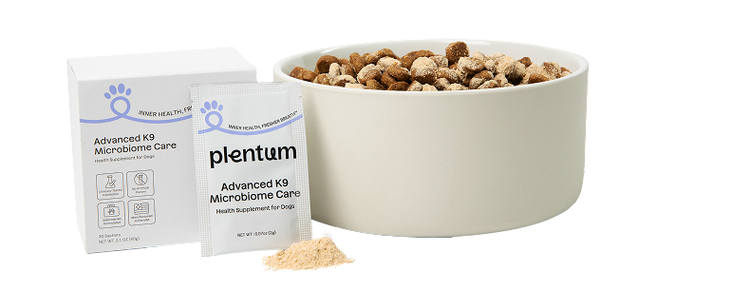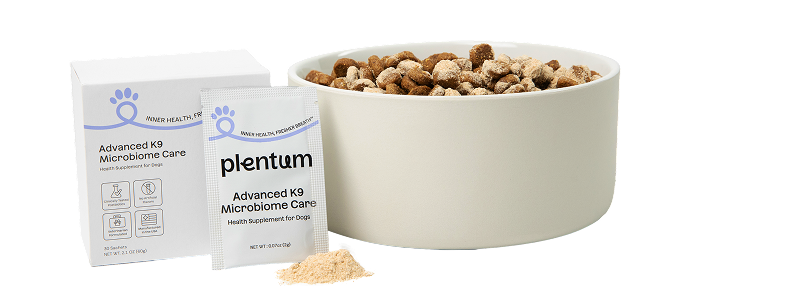Normal Grooming: Why Do Dogs Lick Their Paws Occasionally
Dogs naturally groom themselves by licking their paws, similar to how cats use their tongues to keep themselves clean. After walks, dogs may lick their paws to remove dirt, debris, or residues from de-icing chemicals, pesticides, or allergens they pick up outdoors. Interestingly, studies have shown that the hygiene of dog paws is actually quite high often cleaner than the soles of human shoes, especially after a short walk outside1. Thus, regular, gentle licking is often just part of a dog’s natural self-care routine.
Skin and Nail Disorders: Medical Causes of Paw Licking in Dogs
Persistent paw licking can be an early sign of skin or nail disorders. A very common problem is canine pododermatitis, which is inflammation of the skin on the paw. Conditions such as pedal folliculitis, interdigital cysts, and inflammatory lesions may develop from acute or chronic inflammation, causing discomfort and prompting the dog to lick the affected area2. Other disorders include:
-
Pedal folliculitis
- Interdigital cysts
- Bacterial or fungal infections
-
Autoimmune nail diseases, such as symmetric lupoid onychodystrophy3
Dogs suffering from these medical issues will often lick or chew at their paws to soothe the itching or pain. If the licking is continuous and seems to be making things worse, a veterinary evaluation is strongly recommended
Injuries, Stings, and Irritants: Localized Paw Pain

Dogs will lick their paws, nails, or paw pads if they are experiencing localized pain, such as from a cut, a thorn, a bee sting, or even an ingrown nail. Sometimes, conformation and walking surface can predispose certain dogs (e.g., large breeds, those with wide paw spacing) to develop painful irritation or paw trauma
2. If paw licking is focused on a specific area and is sudden in onset, carefully inspect your dog’s paw sometimes a splinter, burr, or wound might be visible.
Sudden and focused paw licking can result from minor injuries such as:
- Cuts or scrape
- Thorns or splinters
- Bee stings or insect bites
- Ingrown nails or paw pad trauma
Always inspect the affected paw if your dog suddenly starts licking it.
Lick Dermatitis and Compulsive Paw Licking in Dogs
Sometimes, excessive licking becomes a self-reinforcing behavior, leading to acral lick dermatitis (also known as a lick granuloma). This is a thickened, swollen, often ulcerated patch, commonly seen on the paws or forelimbs particularly in breeds like Labradors4. What often starts as a response to an itch or a mild irritation can evolve into a compulsive habit. Even after the original cause is gone, a "lick cycle" persists, making both skin injury and behavioral treatment necessary.
Dog Allergies Causing Paw Licking
In many dogs, allergies play a substantial role in paw licking whether the allergen is in the environment (like pollen or grass), in food, or due to a contact reaction with something on the ground. Dog allergies can cause widespread itching (pruritus), but dogs often target their paws for relief. Sometimes, dogs with paw allergies will also have other symptoms: red or swollen skin, ear infections, or gastrointestinal upset. Veterinary dermatologists see paw licking as a classic symptom of allergic skin disease in dogs32. Common symptoms include:
- Red or swollen paws
- Itchy skin (pruritus)
- Recurring ear infections
- Gastrointestinal upset
Paw licking due to allergies is common, especially in dogs with atopy or sensitive immune responses.
Stress, Anxiety, and Boredom: Behavioral Paw Licking

Not all paw licking stems from a physical cause. Boredom, anxiety, and stress are significant psychological drivers of repetitive paw licking. Dogs left alone for long periods, or those living in under-stimulating environments, may turn to their paws as a way to pass time or self-soothe. This form of compulsive behavior is similar to human nail-biting or hair-pulling. Treatment in such cases often involves increasing mental stimulation, providing appropriate chew toys, and, in some cases, consulting a veterinarian or animal behaviorist.
When Should You Worry About Paw Licking
Look out for these signs indicating a need for veterinary attention:
- Persistent licking of one area
- Redness, swelling, or hair loss
- Cracked, bleeding, or foul-smelling paws
- Limping or reluctance to walk
- Licking that disrupts sleep
These symptoms may suggest a medical or behavioral problem that needs diagnosis and treatment.
What Can You Do to Help Your Dog Stop Licking Its Paws
-
Inspect paws regularly after walks or plays
-
Rinse and dry paws when exposed to irritants
-
Manage allergies with your vet's help
-
Provide enrichment such as toys and exercise to reduce boredom
-
Use protective booties during harsh weather or allergy seasons
FAQ: Why Do Dogs Lick Their Paws
1. Is it normal for dogs to lick their paws
Yes, occasional licking is normal grooming behavior.
2. Why is my dog licking only one paw
It could be due to an injury, splinter, or localized irritation.
3. Can allergies cause paw licking in dogs
Yes, dogs often lick their paws due to food or environmental allergens.
4. How do I stop my dog from licking its paws too much
Identify the cause and use a combination of veterinary treatment and behavior management.
Conclusion
A dog’s tendency to lick its paws can have many overlapping causes from simple cleanliness to serious disease or emotional distress. Understanding why your dog is licking is the first step to ensuring their comfort, health, and happiness. If you notice an increase in the behavior, consider both physical and psychological factors, and never hesitate to get professional veterinary guidance2 3 4 5



 Dogs will lick their paws, nails, or paw pads if they are experiencing localized pain, such as from a cut, a thorn, a bee sting, or even an ingrown nail. Sometimes, conformation and walking surface can predispose certain dogs (e.g., large breeds, those with wide paw spacing) to develop painful irritation or paw trauma
Dogs will lick their paws, nails, or paw pads if they are experiencing localized pain, such as from a cut, a thorn, a bee sting, or even an ingrown nail. Sometimes, conformation and walking surface can predispose certain dogs (e.g., large breeds, those with wide paw spacing) to develop painful irritation or paw trauma
 Not all paw licking stems from a physical cause. Boredom, anxiety, and stress are significant psychological drivers of repetitive paw licking. Dogs left alone for long periods, or those living in under-stimulating environments, may turn to their paws as a way to pass time or self-soothe. This form of compulsive behavior is similar to human nail-biting or hair-pulling. Treatment in such cases often involves increasing mental stimulation, providing appropriate chew toys, and, in some cases, consulting a veterinarian or animal behaviorist.
Not all paw licking stems from a physical cause. Boredom, anxiety, and stress are significant psychological drivers of repetitive paw licking. Dogs left alone for long periods, or those living in under-stimulating environments, may turn to their paws as a way to pass time or self-soothe. This form of compulsive behavior is similar to human nail-biting or hair-pulling. Treatment in such cases often involves increasing mental stimulation, providing appropriate chew toys, and, in some cases, consulting a veterinarian or animal behaviorist.







